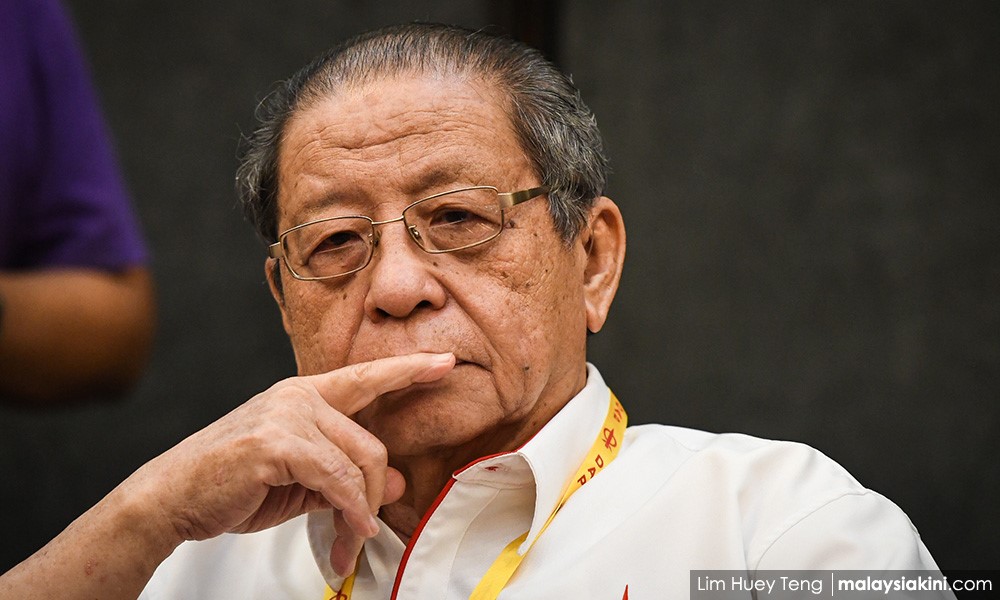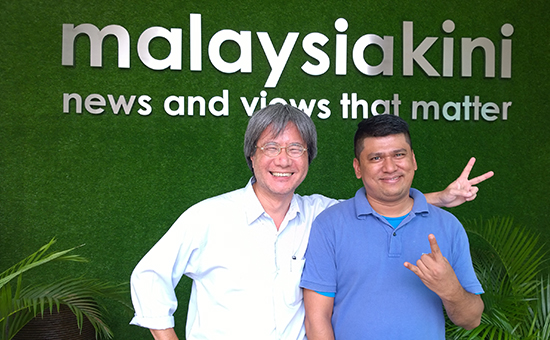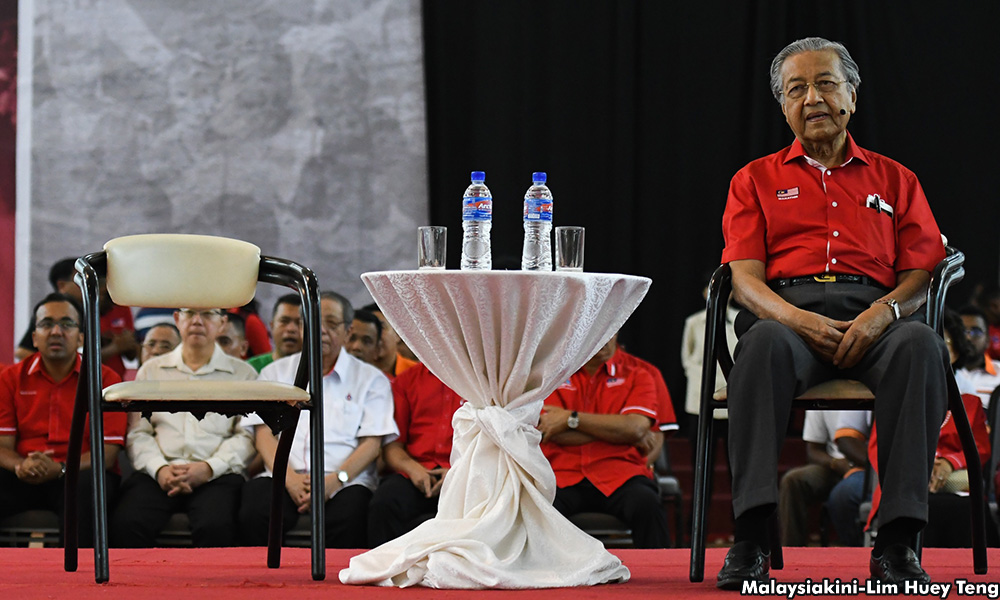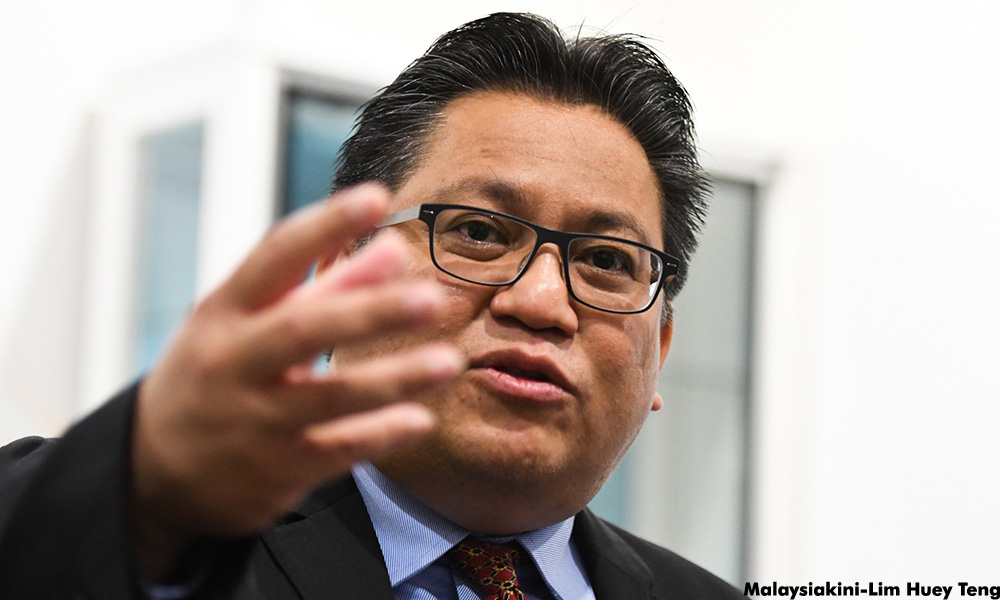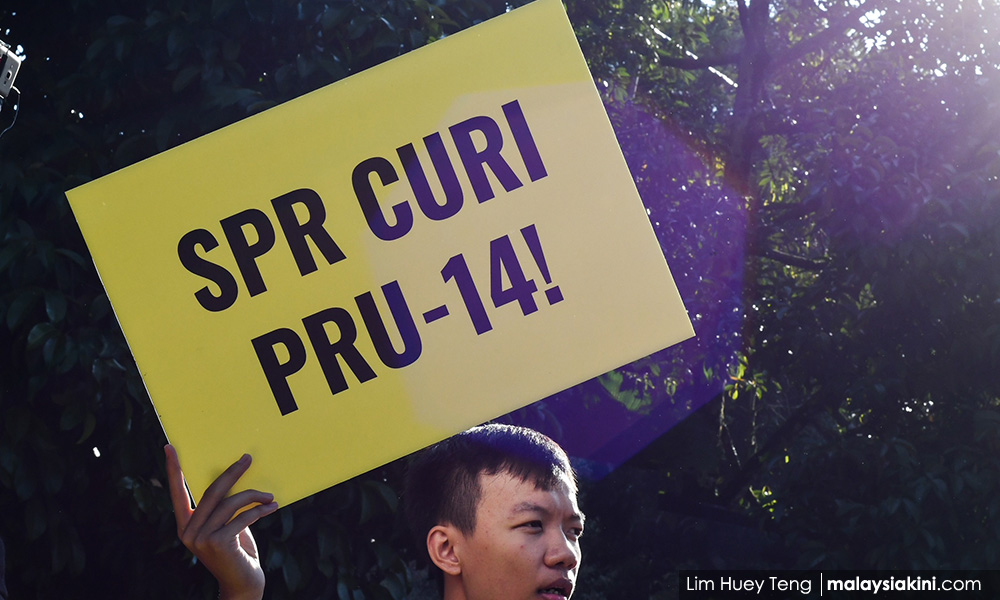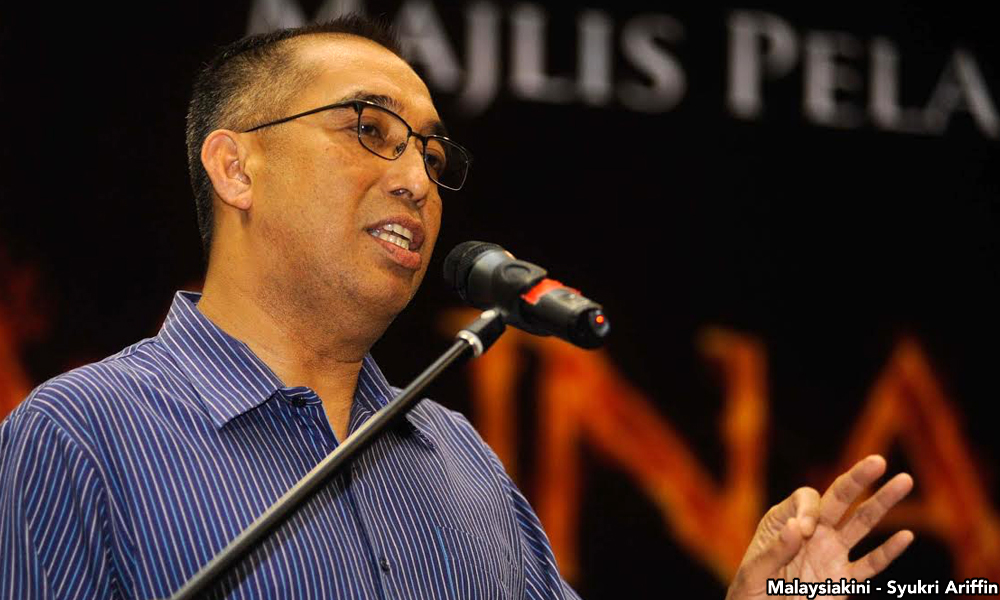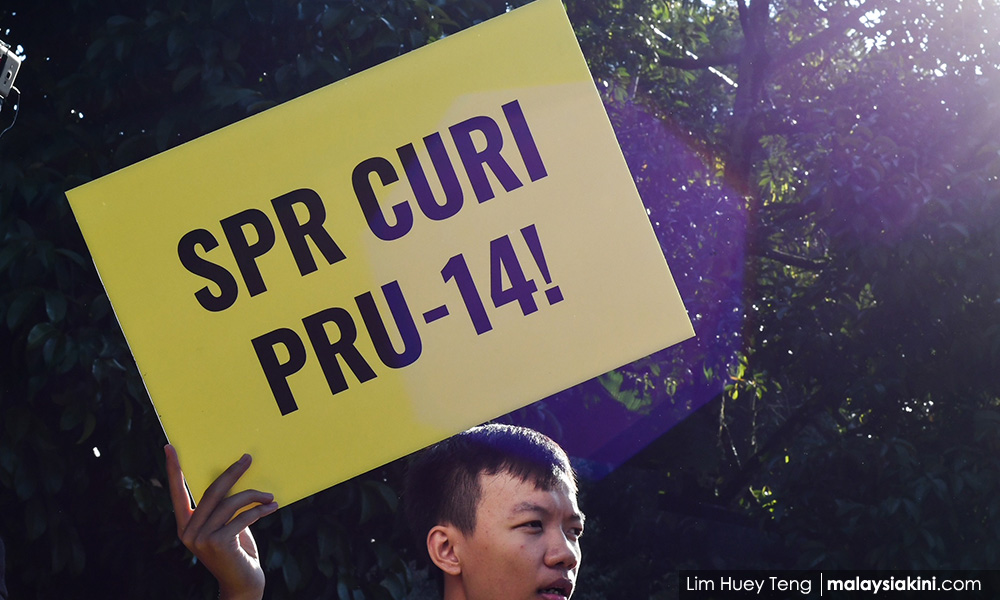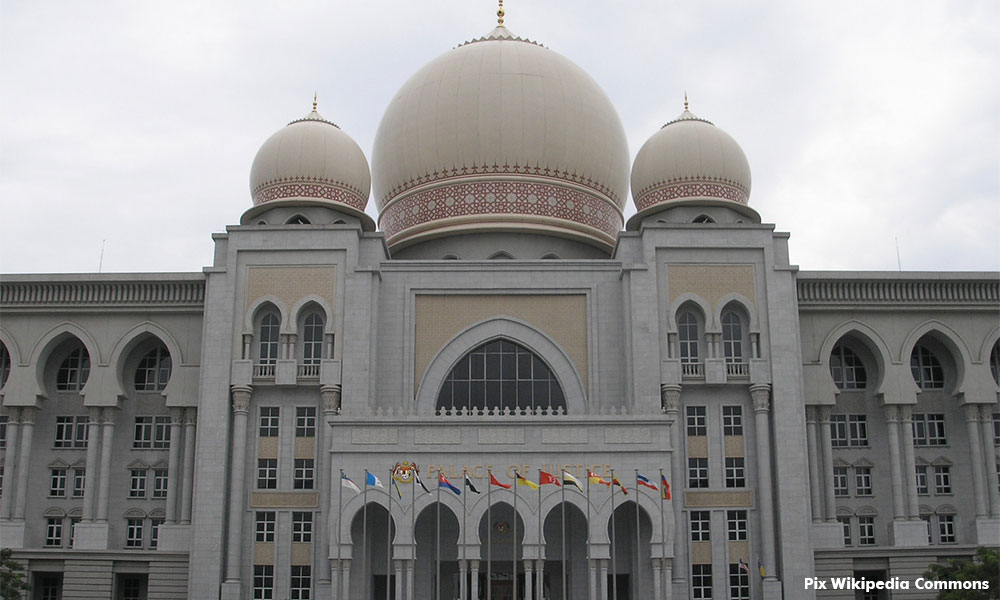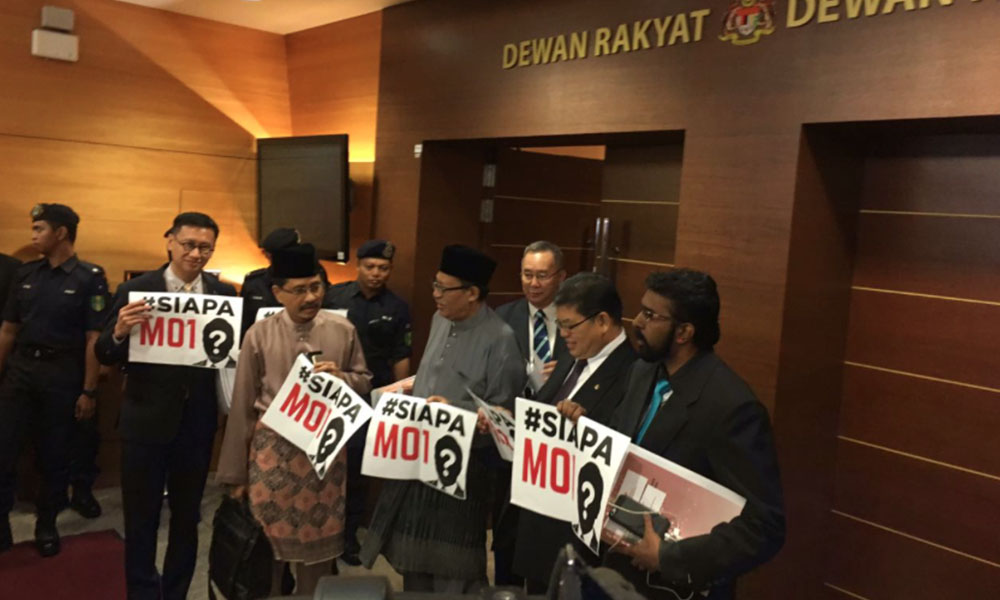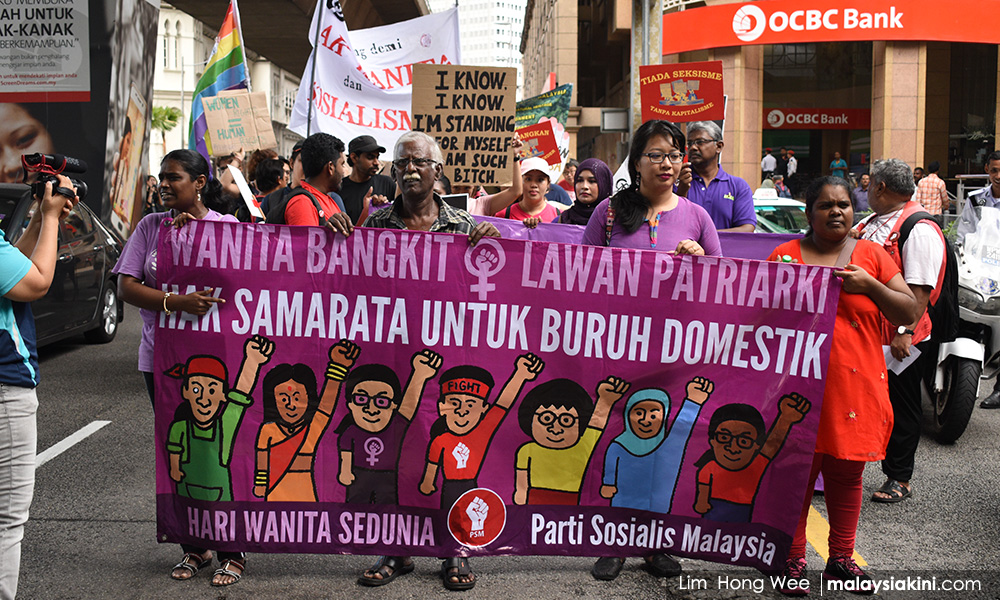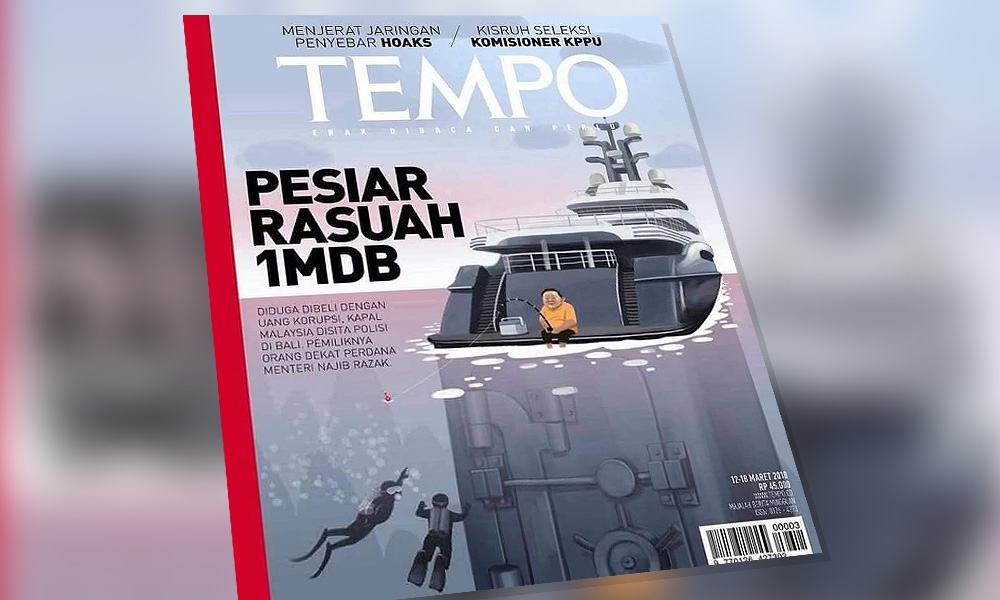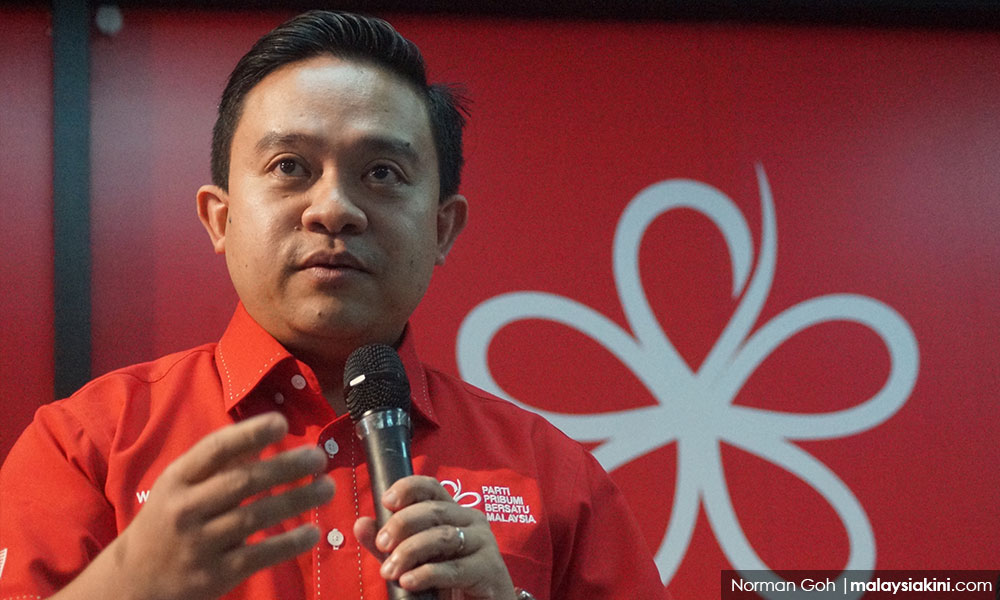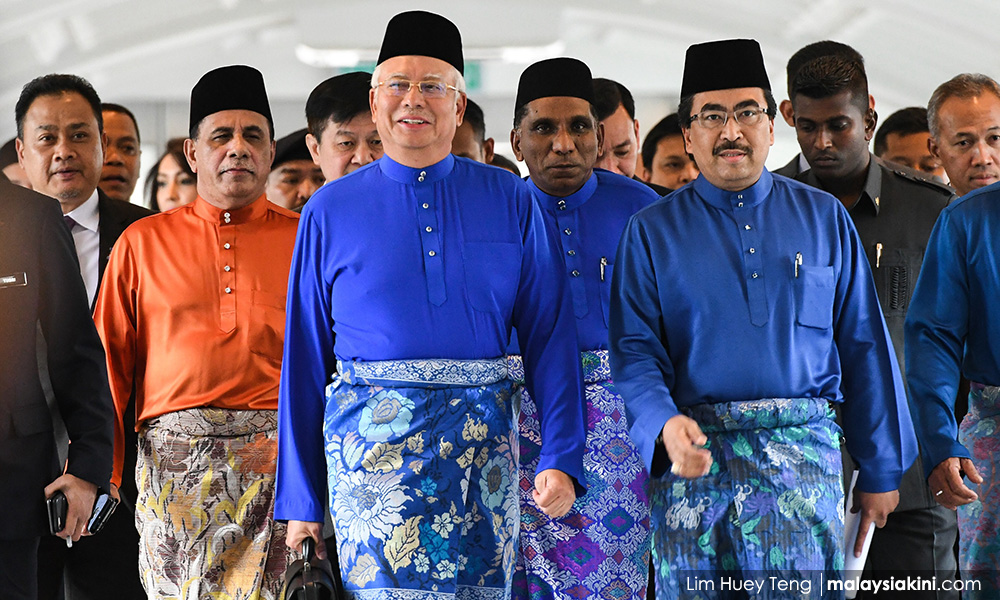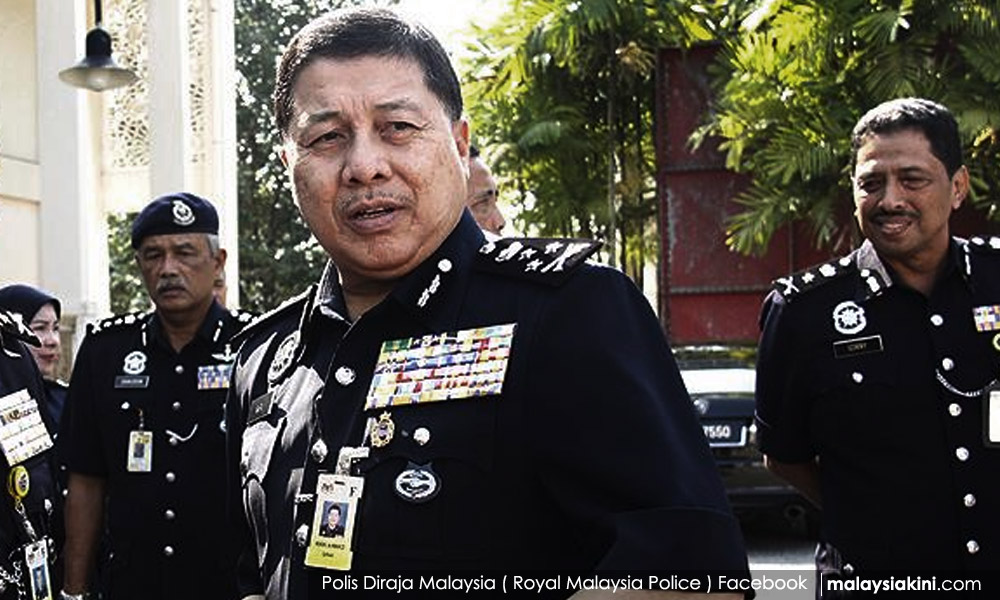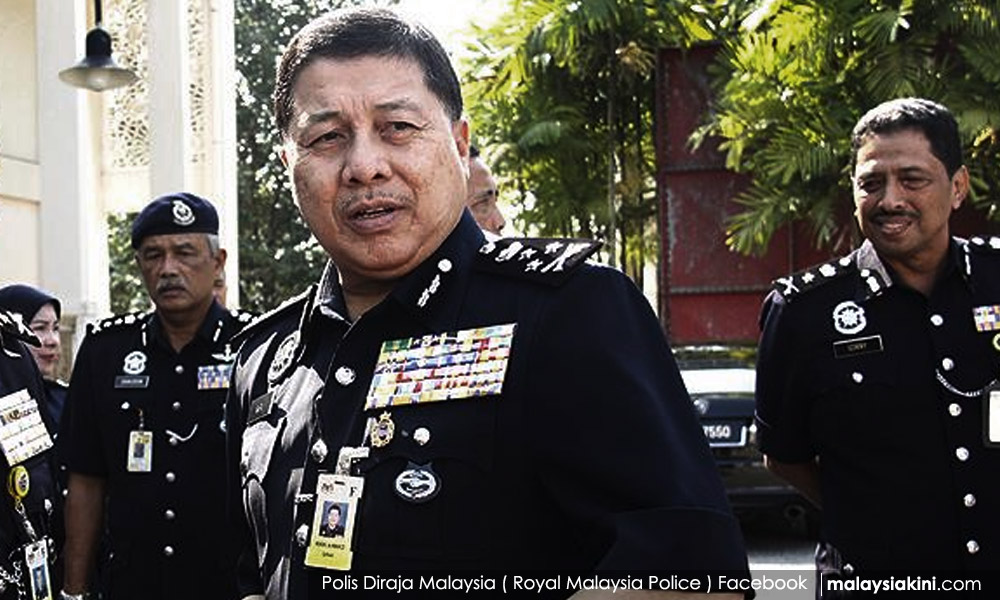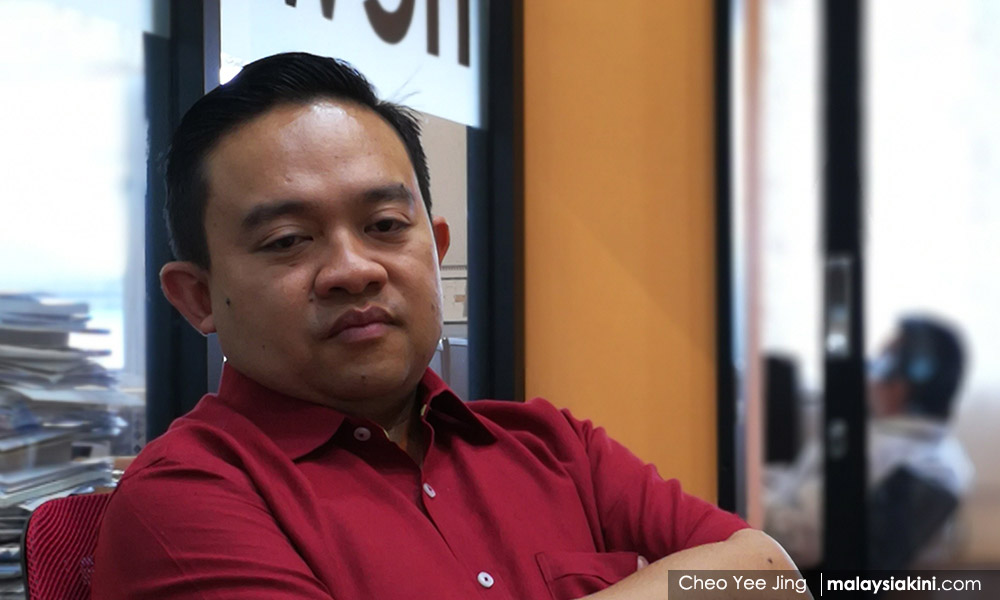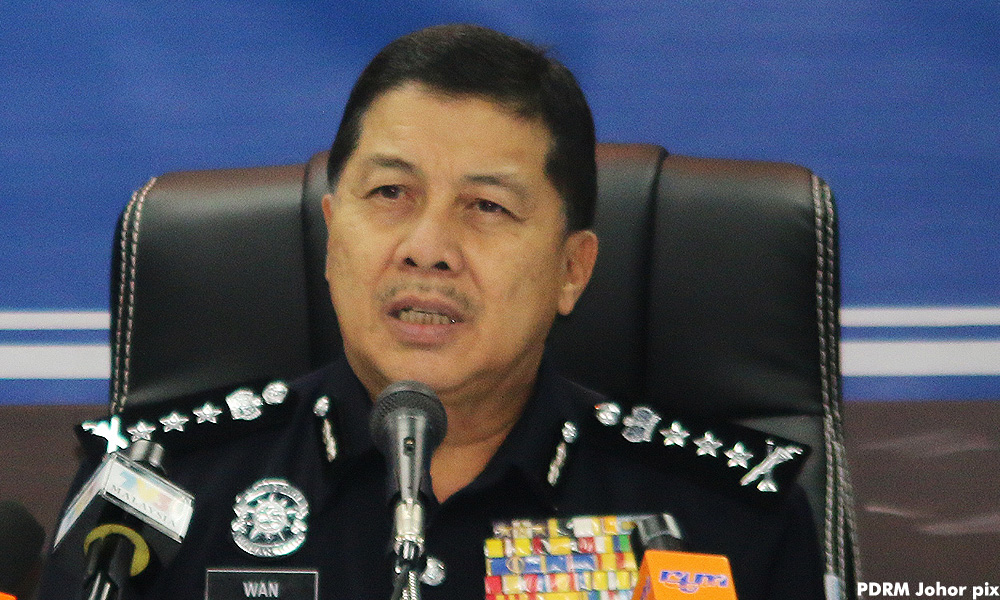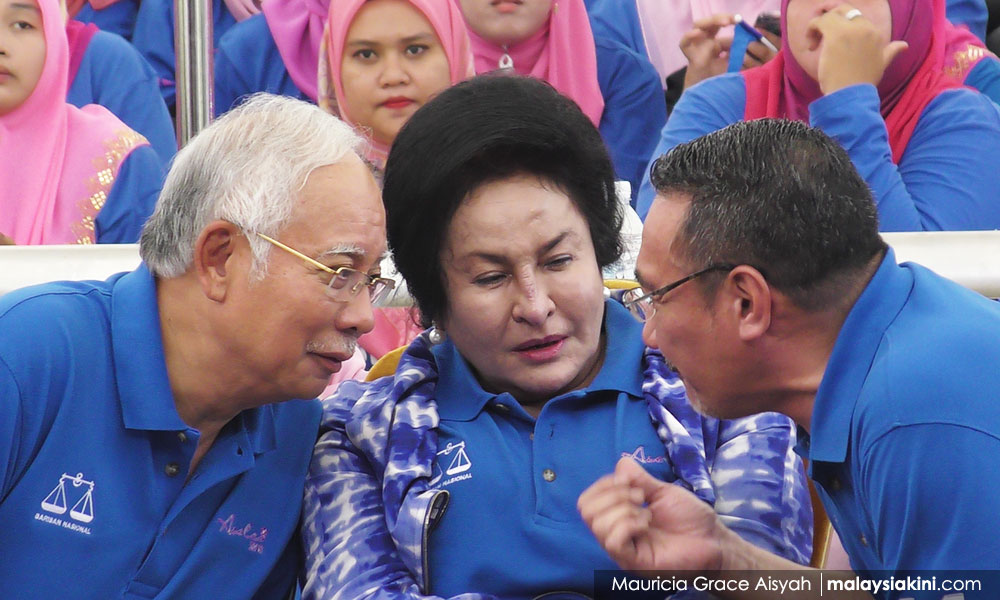 Ninety-four industry organisations have unanimously objected to the Human Resources Ministry’s proposal to set up the Employment Insurance Scheme (EIS).
Ninety-four industry organisations have unanimously objected to the Human Resources Ministry’s proposal to set up the Employment Insurance Scheme (EIS).
It is understood that Human Resources Minister YB Richard Riot Jaem plans to table the proposed EIS Bill in Parliament in July this year.
The proposed EIS purports to assist retrenched workers by providing temporary financial assistance and opportunities for reskilling and upskilling.
Under the EIS, employers and employees are required to contribute an equal percentage of employees’ salaries (0.25 percent by employers and 0.25 percent by employees) to a common pool to be managed by the Social Security Organisation (Socso).
We are of the view that there are obvious flaws with the proposed EIS that is detrimental to both employees and employers given that, for reasons as set out below, only a few employees and recalcitrant employers will benefit at the expense of other employees and responsible employers.
During the height of the Asian Financial crisis 1997-98, the number of employees retrenched was only about 0.6 percent of the total workforce. Of all the retrenched employees, 95 percent received their termination benefits while only 5 percent (which is effectively only 0.03 percent of the total workforce) were left in the lurch.
If the intent purpose of the EIS is to look after the interest of these 5 percent of the retrenched workers who were not paid retrenchment benefits, the structure of any proposal should be proportionate to the potential pay out to these workers.
However, on the basis of the EIS being implemented, the contributions by 100 percent of the entire workforce from both employers and employees would amount to a staggering RM1.142 billion (based on 0.5 percent x 6.8 million private sector workers x average RM2,800 salary x 12 months) every year while the pay out to potential retrenched staff who are not paid termination benefits, which is only 0.03 percent of the entire workforce, would not be more than RM17.13 million (0.6 percent x 5 percent unpaid x RM2,800 x 3 months x 6.8 million workers), which is only 1.5 percent of that amount collected.
The EIS is clearly not equitable as the amount collected is overly disproportionate to the intent purpose of the proposal.
The EIS is clearly unwarranted as occurrences of unpaid retrenchment benefits is not more than 5 percent, even during the worst of the Asian financial crisis in 1997-98.
Since then, the compliance by employers had improved over the years and in 2015, all employees who were retrenched received their benefits.
In fact, in terms of economic cycles, an economic downturn which results in retrenchment does not occur every year, while the EIS, if implemented, will result in both employees and employers having to contribute every year.
The EIS will also encourage irresponsible employers to forgo paying retrenchment benefits because they know their employees will be taken care of by other employees and responsible employers.
‘Good employees should not be made to pay for recalcitrant employees’
“The good employers and other employees (who are not retrenched) should not be made to pay for recalcitrant employers,” said the industry group in Kuala Lumpur yesterday.
“The monies to be collected by the proposed EIS fund is way in excess of the potential unpaid retrenchment benefits.”
“There is no need for the EIS as the current system of paying the employment termination and lay-off benefits under the law and payment of retrenchment benefits under collective agreements are working very well.”
“The company and their workers will be penalised as revenues and wages will continue to be deducted on a monthly basis every year, even when the economy is performing well with no retrenchment.”
The proposed EIS also seeks to dwell into Active Labour Market Policies (ALMPs) which involve job seeking, job matching, job placement, career counselling, and job training/ upskilling/reskilling.
The ALMPs are currently the responsibility of the government; eg Jobs Malaysia, and the Institute for Labour Market Information and Analysis (ILMIA) and is further supported by employers through contributions to the Human Resource Development Fund (HRDF).
Employees and employers should not be made to pay and contribute to the EIS whereby part of the fund would be used for the functioning of the ALMPs.
The industry organisations wish to emphasise that we are equally concerned about the plight of a small group of workers who may be left without any retrenchment compensations due to recalcitrant employers. However, industry organisations are of the view that the EIS is not acceptable due to the flaws and reasons as mentioned above.
The industry organisations are however supportive of alternative schemes to help such retrenched employees where the associated costs are fair, reasonable and equitable to employees, employers and the government, and where all three parties take equal responsibility but with limited liability.
It is also pertinent to highlight that of late the industries and businesses have been burdened with additional costs of doing business arising from increase in Socso’s threshold contribution from RM3,000 to RM4,000 and extension of coverage to all employees.
The minimum wages were increased by 11 percent for peninsular Malaysia and 15 percent for East Malaysia with effect from July 1, 2016.
The impending extension of HRDF to widen the scope of employers to be covered with effect from 1st April 2017 will also add to the cost of doing business.
In addition, the frequent loading of the cost of hiring foreign workers will further burden the business sector.
The continued loading of costs on the business sector will only cause some businesses to fail, which can then lead to potential unpaid retrenchment benefits. In this regard, if indeed the government is concerned about the adverse effects of retrenchments, the government should not allow such loading of costs. A viable business will not see any retrenchment, and on the contrary, the employees will have job security as well as enhanced rewards as the business prosper.
It is therefore crucial that before policy changes, including matters such as the EIS are formulated, there must be engagement with the industry sector/stakeholders so that a comprehensive and holistic solution can be achieved collectively.
Participating organisations:
National-level organisations
1. Malaysian Employers Federation (MEF)
2. The Associated Chinese Chambers of Commerce and Industry of Malaysia (ACCCIM)
3. Malaysian Associated Indian Chamber of Commerce and Industry (MAICCI)
4. Federation of Malaysian Manufacturers (FMM)
5. Malaysian International Chamber of Commerce & Industry (MICCI)
6. Malaysian Plastics Manufacturers Association (MPMA)
7. SME Association of Malaysia
8. Malaysian Textile Manufacturers Association (MTMA)
9. Master Builders Association Malaysia (MBAM)
10. Malaysian Association of Foreign Maid Agencies
11. Malaysian Association of Hotels (MAH)
12. Malaysian Rubber Glove Manufacturers Association (MARGMA)
13. Malaysian Furniture Council (MFC)
14. Malaysian Footwear Manufacturers’ Association (MFMA)
15. Malaysian Iron & Steel Industry Federation (MISIF)
16. The Federation Of Malaysia Hardware, Machinery & Building Materials Dealers’ Association (FMHMBA)
17. Malaysia Shopping Malls Association (PPK)
18. Federation of Livestock Farmers’ Associations of Malaysia (FLFAM)
19. Persatuan Pengusaha Restoran India Malaysia (Primas)
20. Malaysian Knitting Manufacturers Association
21. Malaysia-China Chamber of Commerce (MCCC)
22. Federation of Malaysian Foundry and Engineering Industries Associations (FOMFEIA)
23. The Electrical and Electronics Association of Malaysia (TEEAM)
24. Malayan Agricultural Producers Association (Mapa)
25. Malaysian Association of Hotel Owners (Maho)
26. Malaysian Air-Conditioning & Refrigeration Association (Macra)
27. Malaysia Foodstuffs and Toys Merchants Association (MFTMA)
28. Persatuan Pengusaha Muslim Malaysia (Presma)
29. Malaysia Entrepreneurs’ Development Association (PUMM)
30. The Malaysian Wood Moulding & Joinery Council (MWMJC)
31. Malaysian Gift and Premium Association (MGPA)
32. The National ICT Association of Malaysia (Pikom)
33. Federation of Goldsmiths and Jewellers Association of Malaysia (FGJAM)
34. Federation of Sundry Goods Merchants Association of Malaysia (FSGMAM)
35. Malaysia Retail Chain Association (MRCA)
36. Malaysia Budget Hotel Association (MyBHA)
37. Malaysian Wood Industries Association (MWIA)
38. Malaysian Panel Products Manufacturers’ Association (MPMA)
39. The Malaysia Shopping Malls Association (PPK Malaysia)
40. The Federation Of Malaysia Chinese Guilds Association (FEMACGA)
41. Association on Insurance Employers (AIE)
42. Association of Hotel Employers (AHE)
43. Malayan Commercial Banks’ Association (MCBA)
44. Malaysian Chamber of Mines (MCM)
45. Malaysian-French Chamber of Commerce and Industry (MFCCI)
46. Financial Planning Association of Malaysia (FPAM)
47. Malaysian-German Chamber of Commerce and Industry (MGCCI)
48. Persatuan Perkhidmatan Kawalan Keselamatan Malaysia (PPKKM)
49. Malaysian Garment Manufacturers’ Association (MGMA)
50. Federation of Textiles General Goods & Garment Merchants Associations Malaysia (Fotgam)
51. Federation of Chinese Physicians And Acupuncturist Association Of Malaysia (FCPAAM)
52. Malaysia Traditional Chinese Practitioners Association of Malaysia (MTCPA)
53. Malaysian Bakery, Biscuit, confectionery, Mee and Kuay Teow Merchants Association
54. Malaysian Knitting Manufacturers Associations
55. Persatuan Pemborong Pakaian Malaysia
State/regional-level organisations
56. Kuala Lumpur & Selangor Fruit Farmers’ Association
57. Sarawak Business Forum
58. Commercial Employers Association of Peninsular Malaysia
59. KL and Selangor Stationery Booksellers Association
60. Commercial Employers’ Association of Peninsular Malaysia (CEAPM)
61. Federation of Sabah Industries (FSI)
62. Sabah Timber Industries Association (STIA)
63. Sarawak Chamber of Commerce & Industry (SCCI)
64. Sarawak Timber Association (STA)
65. The Engineering & Machinery Industry Employers’ Association, Peninsula Malaysia
66. Malacca Foundry & Engineering Industries Association (MFEIA)
67. The Selangor & KL Foundry & Engineering Industries Association (SFEIA)
68. Negri Sembilan Foundry & Engineering Industries Association (NSFEIA)
69. The Perak Foundry & Engineering Industries Association (PFEIA)
70. Johor State Foundry & Engineering Industries Association (JFEIA)
71. Pahang Foundry & Engineering Industries Association (PHFEIA)
72. Penang Foundry & Engineering Industries Association (PENFEIA)
73. Kelantan Foundry And Engineering Industries Association (KFAEIA)
74. Kedah/ Perlis Foundry & Engineering Industries Association (KPFEIA)
75. Sarawak Foundry & Engineering Industries Association (SWKFEIA)
76. Sandakan Mechanical Engineering Works Association ( SMEWA)
77. South Johor Foundry & Engineering Industries Association (SJFEIA)
78. Kluang Foundry & Engineering Industries Association (KLFEIA)
79. Segamat Foundry & Engineering Industries Association (SGTFEIA)
80. Batu Pahat Foundry & Engineering Industries Association (BPFEIA)
81. SME Klang
82. The Batu Pahat Textile & Piece Goods Merchants Association
83. The Muar Textile & Piece Goods Merchants’ Association
84. Johor Baru Piece Goods & Textiles Merchants Association
85. The Malacca Textile & General Goods Dealers’ Association
86. Province Wellesley Textile Garment & Tailoring Association
87. Persatuan Peniaga Nilai 3 Wholesale Centre
88. Selangor & Federal Territory Chinese Textiles & General Goods Merchants Association (Tagma)
89. Textiles & General Goods Importers & Exporters Association of Kuala Lumpur Federal Territory & Selangor (Gimtex)
90. The Penang & Province Wellesley Garment Association
91. The Perak Garment Manufacturers’ Association
92. Perak Chinese Piece Goods & General Merchants Association
93. North Malayan Chinese Textiles & General Merchants Association
94. Persatuan Usahawan Cina Kuala Lumpur & Selangor


